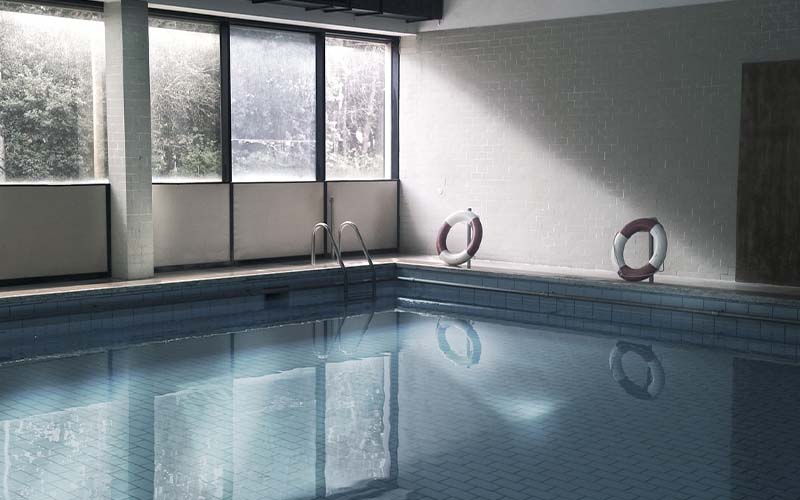Read more for ways to heat your pool for less during the off season, so you can swim without being worried about the cost.
Generally, you need to understand the types of pool heaters first. Then, there are several tips you can try, such as going solar, using the black hose trick, combining methods, servicing your gas or propane heater annually, maintaining your pool’s mechanical systems, and considering the time of day.
Swimming in your backyard pool is a fantastic way to stay active and unwind as the temperatures and autumn leaves begin to fall.
No matter which kind of heating method you use, your pool’s heat time depends on a few things:
- what kind of swimming pool you have.
- just how much water it can hold.
- It doesn’t matter if it is insulated.
- How much sun you get.
Please read on.
Understand the Types of Pool Heaters
Swimming pool heaters come at a cost—however, they are the fastest, easiest, and most common method for heating the water.
A heat pump can raise the temperature of a pool by 20 degrees Fahrenheit in just 24 to 72 hours. The length of time it will take you to make your first cannonball will depend on a number of factors, including your pool’s size and BTU output.
Gas Or Propane
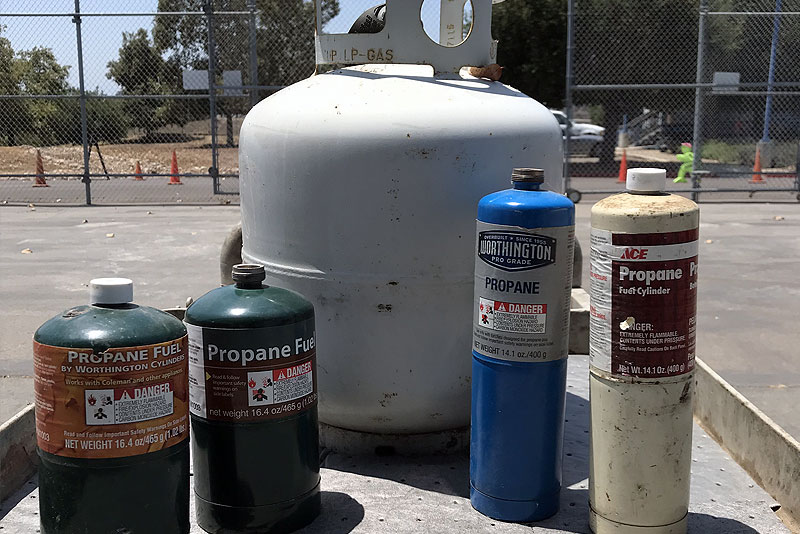
The most popular heating method for both in-ground and above-ground pools is natural gas or propane. While propane heaters draw their fuel from a tank, natural gas systems are connected to the primary gas line in your home. Although these methods are among the quickest for heating a pool, they are inefficient and expensive when compared to heat pumps or solar covers.
If you only want to heat your water occasionally, like in September to extend the season, go with a gas heater.
Heat Pump
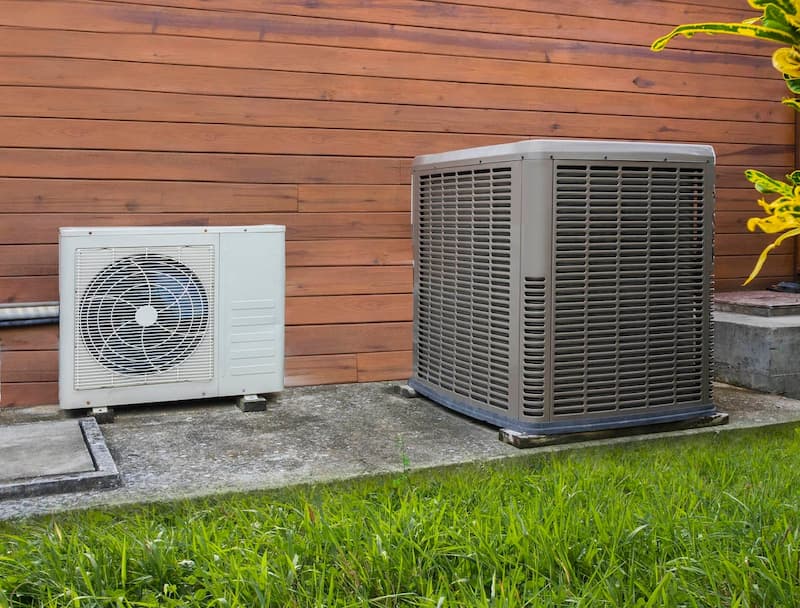
A heat pump performs best in milder climates with temperatures of at least 45 degrees if you want an energy-efficient way to heat your pool. Heat pumps pull heat from the air and transfer it to your pool’s water in degrees Fahrenheit. Although the pump itself is more expensive than a gas or propane heater, its operating efficiency results in significantly lower annual operating costs.
Electric Resistance
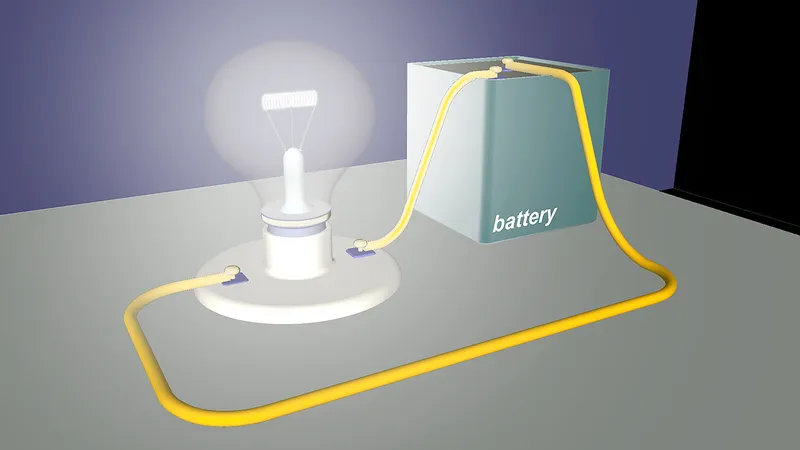
Electric resistance pool heaters use electric resistance coils to modify water temperature and are ideal for smaller above-ground pools, hot tubs, or indoor pools. These heaters can be inexpensive to purchase and use sparingly if your electricity costs are low. They use electricity as well, making them extremely reliable units.
Wood

The oldest method of heating a swimming pool at home is a wood fire. Install a backyard fire pit near the pool, run some copper pipe, and connect one end to a garden hose. Put the other end of the hose in the pool after attaching it to a pool pump or filter. Light your fire, activate the pump, and feel the water warm up.
Go Solar
If you let the natural forces of the earth work for you, heating a pool doesn’t have to be expensive. Water that is comfortably warm can be produced by solar and atmospheric heat. Actually, simply spending time in the sun can increase your body temperature by 0.7 degrees Fahrenheit.
Try a Liquid Solar Pool Cover
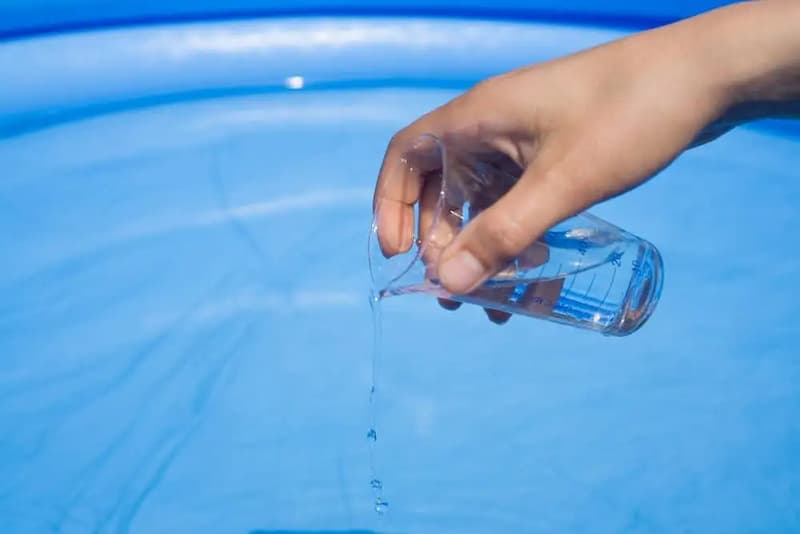
A liquid solar pool cover works to fend off evaporation and stop heat loss in the same way that solar sun rings or a solar cover do. The liquid solar pool cover is, as the name implies, a particular liquid that is poured into a pool to create an imperceptible liquid barrier that floats on top of the water. The loss of heat is decreased by this liquid layer’s ability to reduce evaporation. In addition to being biodegradable and free of dangerous chemicals, the liquid is completely safe to swim in. This may not be the best strategy if your pool is near a windy area because the wind can disrupt the liquid seal.
Use a Solar Dome
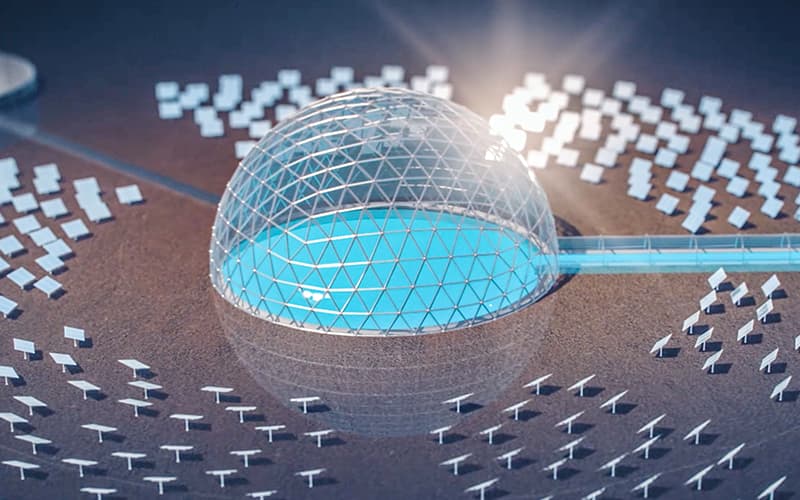
The water in your pool is circulated through warming channels and returned to your pool by a Solar Dome, which also collects the sun’s rays.
In particular over several sunny days, solar domes can increase the temperature of your pool by up to 10 degrees.
If you’re attempting to position it where there is more sun, they can be difficult to install and require a few extra connectors. They are also not inexpensive.
It runs on solar power, so your pool will receive absolutely FREE heat, aside from the initial cost of purchase.
If purchasing a solar dome is a bit out of your price range or you feel handy, you could try creating your own solar heater for less money using a sump pump and a black irrigation hose.
Use the Black Hose Trick
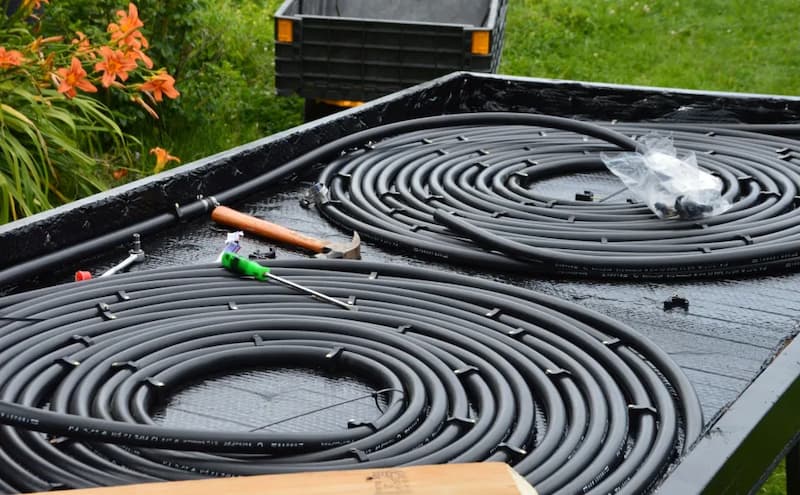
One of the easiest yet most inventive ways to heat water is perhaps as you fill your pool. Purchase a black garden hose, then join it to the outdoor water faucet. As long as it can still reach your spigot and pool, position your hose in direct sunlight and wrap it in a coil shape to increase its surface area. Use the warm, sunny weather in Texas and solar energy to warm your hose. As you fill up your pool, the warm hose will raise the temperature of the water.
Combine Methods
There is no perfect way to heat a pool. Others are cost-effective and environmentally friendly but require warm air and sunlight to function. Some offer constant heat in any condition but come at a high cost and energy usage. For the best outcomes, try combining several techniques.
For instance, a dark solar cover can keep it that way all season, regardless of the weather, while gas or propane heaters can provide the initial heat required upon opening. Solar heater combination is very effective because it uses a heat pump. Find the combination that best suits your requirements by comparing your options.
Insulate, Insulate, Insulate
No tried-and-true technique for heating a pool will function in a bowl without insulation. The temperature of the ground around your pool will always be lower than what you prefer for the water. Your energy costs will go down if you install rigid panel insulation at the base of your pool.
Read about No Hot Water? Common Reasons & What to Do?
Service Your Gas Or Propane Heater Annually
As with any other appliance that burns fuel, you should have your gas or propane pool heater serviced by a local pool pro regularly—once a year on average. Although you’ll have to pay for maintenance, using a highly effective, long-lasting system will result in greater long-term savings.
Maintain Your Pool’s Mechanical Systems
Your pool’s pump and filtration system performance will determine how effective your heating efforts are. In the long run, investing in the best mechanical systems and keeping them maintained will reduce your heating expenses.
Consider the Time of Day
As the day goes on, the sun’s brightness changes. The air gets hotter the brighter the sun is. The best time to heat your pool is in the middle of the day when the sun is at its strongest. If you can hold off on going swimming, put on the solar cover now so you can get the most out of those rays.
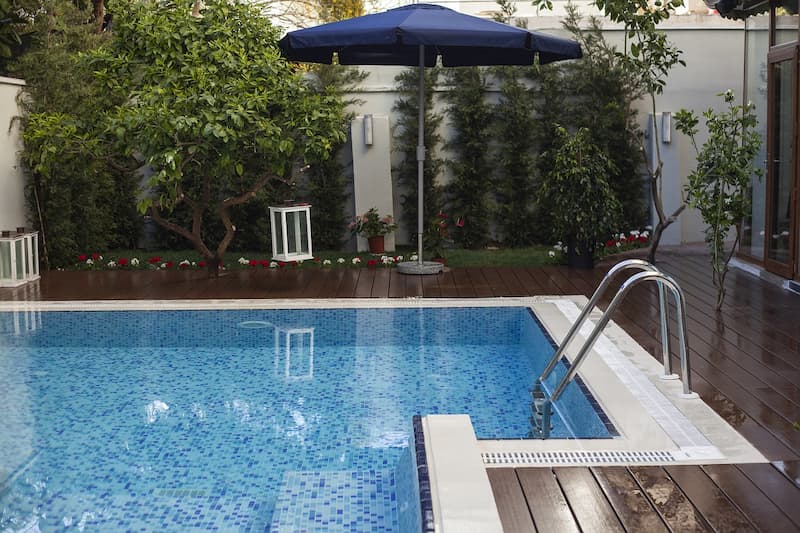
Focus on Your Pool’s Location
Consider carefully where you build if you are just beginning to plan your pool addition. The location of your pool has a significant impact on the water’s temperature. The water in a pool will be colder, cost more to heat, and be less likely to retain heat if it is shaded or frequently exposed to strong winds.
Build An Enclosure
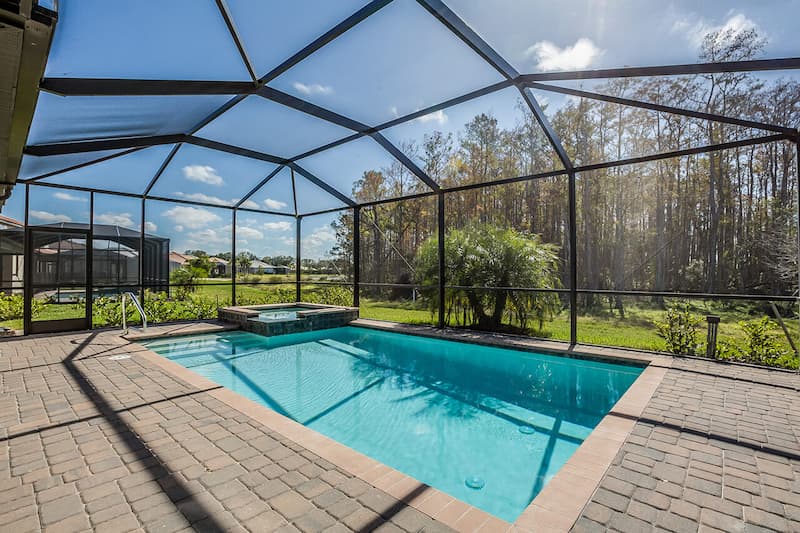
Adding an enclosure to your pool is another way to maintain comfort without using the heater or using it less. Constructing a windproof enclosure will lower any energy costs related to running a heater because wind is one of the main factors in cooling your pool water.
Your pool enclosure costs will depend on the type you choose and how elaborate your design is. However, because you can use the pool year-round regardless of the climate or temperature, many people think this is a worthwhile investment. Installing a windscreen fence around the pool is a more cost-effective solution to the wind problem.
Set the Thermostat at a Modest Temperature
The ideal water temperature for a relaxing swim varies from person to person, but turning the thermostat up too high can result in astronomical costs. Maintaining temperatures above 80 degrees in a small hot tub is simple, but doing so in an average-sized pool would be very expensive.
For each degree you raise it, your operating costs will increase by 15% to 18%. Only turn on your heater when you intend to use the pool to save money, or turn it down once you’re done swimming.
Which is the Best Way to Heat a Swimming Pool?
Using a solar cover and a gas pool heater together is the fastest way to heat your pool. It’s comparable to microwave-heating coffee and covering it with a lid.
Regardless of the method you choose to heat your pool, you should have a solar cover (or liquid solar cover) to help you keep the heat in. This keeps your pool heated longer while saving you money and conserving energy.
Thank you for reading.
Below are the common questions about heating a pool.
FAQs
How to Keep Pool Warm at Night?
- Gas heaters: Gas heaters heat your pool with either propane or natural gas. …
- Solar blankets are an easy way to maximize the use of your inground pool. …
- Solar pool heaters.
- Heat Pump With Air Source…
- Heat Pump With Water Source.
How Can I Warm Up My above Ground Pool?
Fortunately, there are many different ways you can heat your pool, including using a pool water heater, heat pump, solar rings, solar covers, or liquid treatments. An above-ground pool must be heated using a heat source or another technique that prevents the pool’s water from evaporating.
